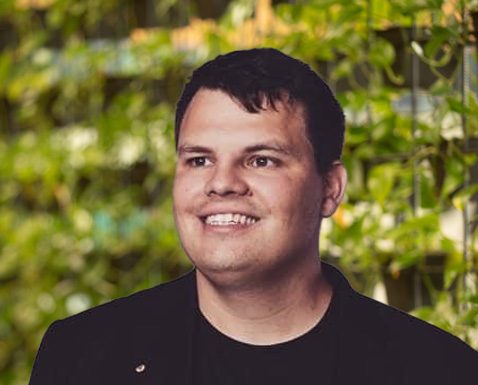[et_pb_section admin_label=”section”]
[et_pb_row admin_label=”row”]
[et_pb_column type=”4_4″]
[et_pb_text admin_label=”Text”]
Occupancy of retirement villages in Australia is close to capacity, highlighting the forthcoming shortage of age appropriate housing for senior Australians in their local communities, according to new data released by The Property Council of Australia.
The results of the annual PwC/Property Council Retirement Census show increasing numbers of older Australians are choosing to live in a retirement village, and taking advantage of hotel-style services, visiting health professionals and cash left over from the sale of their family home.
The average age of current residents at the time of the Census was 80 years, with 75 years now the average age at which people move into a retirement village.
Despite this, only 40 per cent of operators who participated in the Census were approved home care, residential care or flexible care providers.
Through 2016, retirement villages across the nation were almost at their practical capacity of 93 per cent occupancy, prompting The Property Council to call for urgent action by state governments to encourage the development of new retirement villages in all major cities.
“Nearly 200,000 senior Australians have made the informed choice to choose retirement village living, and this number is set to grow sharply in the coming decade,” said Ben Myers, Executive Director – Retirement Living at the Property Council of Australia.
“Research shows retirement villages extend people’s ability to live independently within a secure community and, on average, access more than $200,000 in capital from the sale of their home to use how they wish.”
“It is clear however that without significant improvements in state planning policy, many seniors won’t be able to access these benefits in coming years – we are facing an imminent capacity crisis.”
“Many existing homes just aren’t suitable for our seniors to ‘age in place’; often they are older, contain trip hazards and very difficult to maintain. There must be more housing options for senior Australians, especially in our biggest cities where demand is at its highest, so people can live independently for longer.
“We are currently conducting research into planning barriers that are stifling the development of new retirement living accommodation and look forward to working with states to urgently solve this bottleneck.
“While entry into retirement villages remains affordable, but a lack of supply will put upward pressure on prices and make access to villages for seniors much harder.”
PwC Real Estate Advisory Partner Tony Massaro says the PwC/Property Council Retirement Census shows retirement village accommodation continues to be an affordable option for the current generation of Australian seniors who, for the most part, own their own homes.
“The national average entry price for a two-bedroom unit is at $424,000. This is almost one third less than the median house price in the same postcode,” Mr Massaro said.
The Census revealed 21 per cent of villages do not offer buy back guarantees. Of the 79 per cent that do, contracts vary from village to village and are a combination of legal requirement and voluntary contractual obligation.
In this year’s Retirement Census, the maximum deferred payment percentage for 60 per cent of villages is 30 per cent or below. Typically, the deferred payment percentage will increase with tenure up to a maximum capped amount.
Approximately half the villages reach the maximum deferred payment percentage by 5 years, with the remaining reaching the maximum percentage by 10 years.
More than 75 per cent of villages surveyed host visiting health professionals, while 28 per cent have aged care within 500 metres of the village, up from 26 per cent last year, and 33 per cent of villages are operated by an approved provider for home care.
South Australia has the lowest number of retirement villages in close proximity to aged care at just 11 per cent.
Only 41 per cent have pool and gym facilities.
“Every city needs vibrancy, diversity, connectivity and inclusion to truly thrive, so it’s exciting to see senior living continuing to evolve to support these needs with a myriad of amenities and care options – from dining to healthcare services to organised social outings,” Mr Massaro said.
“As our population ages, and more of us work longer, our cities are going to need to work for senior Australians in ways they never have before.”c
The Census also showed the wide variety of services and facilities available for residents to enjoy their retirement lifestyle; 91 per cent have community centres, 84 per cent organise regular community outings and social activities, and 68 per cent allow residents to have pets.
The Census was open to operators who own and/or manage more than 56,000 retirement living units.
The full summary of figures from the 2017 PwC/Property Council Retirement Census can be found at www.retirementliving.org.au/research.
[/et_pb_text]
[/et_pb_column]
[/et_pb_row]
[/et_pb_section]









